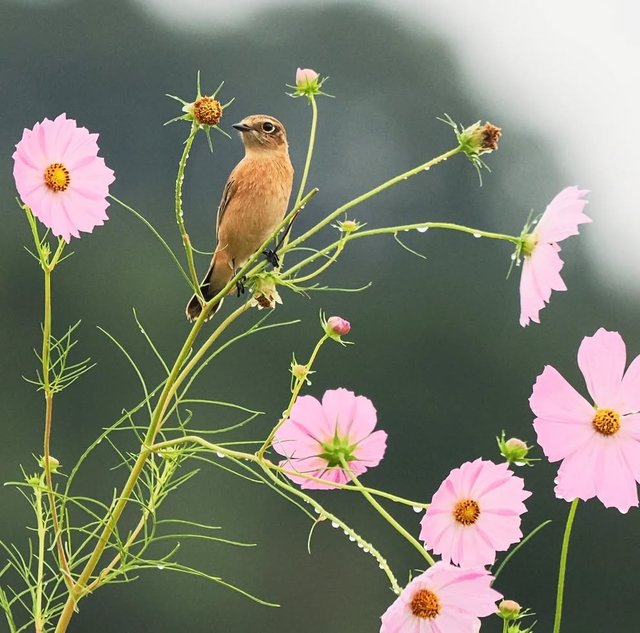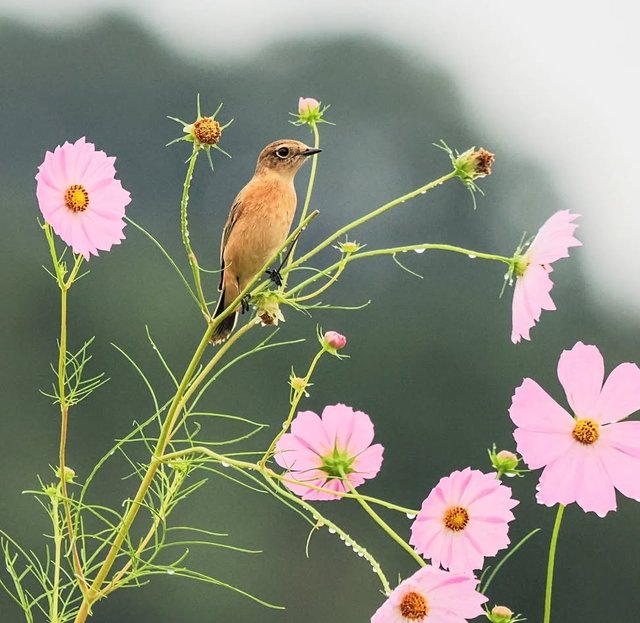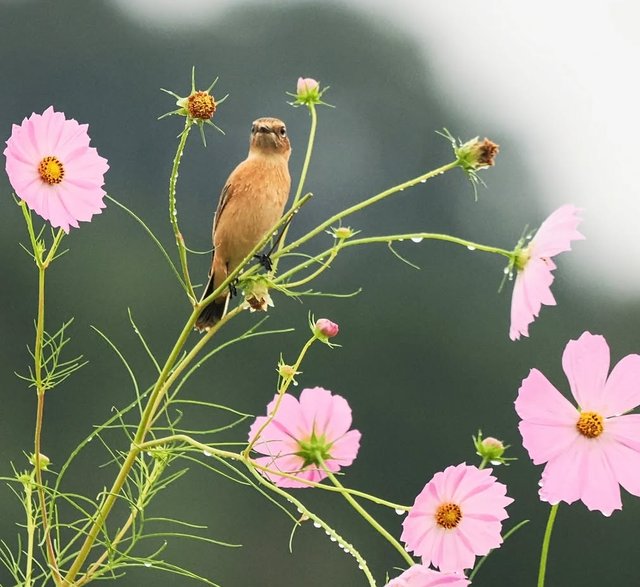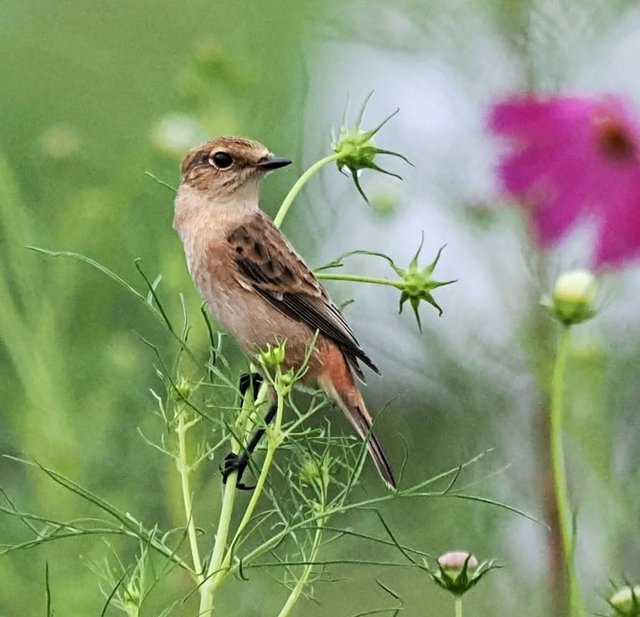So Cute Siberian Stonechat Bird
The Siberian stonechat is a small, lively passerine bird belonging to the family Muscicapidae, widely admired for its energetic behavior, striking plumage, and adaptability to diverse landscapes. Found across the vast stretches of Eurasia, this bird has long intrigued ornithologists and birdwatchers alike, standing as a symbol of the wild, open expanses of Siberia and Central Asia.
Distribution and Habitat
The Siberian stonechat occupies an extensive breeding range that stretches from Eastern Europe through Siberia and Central Asia to Japan and northern China. During the colder months, it migrates southwards to winter in South Asia, the Middle East, and parts of Africa. It is often seen in open grasslands, shrublands, steppes, and agricultural fields, preferring areas with scattered bushes or low vegetation where it can perch and hunt insects.
This bird’s ability to adapt allows it to thrive in a range of conditions—from the cold Siberian tundra during summer to tropical and subtropical grasslands in winter. Its preference for open country with vantage perches, such as small shrubs or fence posts, makes it a familiar sight in farmlands and roadside habitats.
Physical Description
The Siberian stonechat is a small bird, measuring about 12–13 cm in length, with a compact body, short tail, and fine bill suited for catching insects. Its plumage shows striking sexual dimorphism:
Male– The male is quite striking, with a black head, white collar, bright orange breast, and white patches on the wings and rump. This contrast of colors gives it a sharp and vivid appearance, especially in the sunlight.
Female – The female’s colors are more subdued, featuring brownish upperparts, a pale orange-buff breast, and a lighter underside. She also has a less distinct white collar and darker streaking across her plumage, offering better camouflage in the open terrain.
Non-breeding male – During the non-breeding season, males lose some of their bold contrast, with the black head replaced by dark brown and the orange breast fading to a paler tone.
Feeding Habits
Siberian stonechats are primarily insectivorous, feeding on a wide variety of insects, spiders, and small invertebrates. They employ a “perch-and-pounce” hunting method: sitting on an exposed perch and darting out to snatch prey from the ground or in mid-air. During colder months or in less abundant habitats, they may also feed on berries and small seeds to supplement their diet.
Breeding and Behavior
The breeding season usually begins in May or June, depending on latitude. The nest is built close to the ground, often concealed in thick grass or under a small bush. It is constructed from dry grasses, moss, and rootlets, lined with finer materials such as feathers or animal hair.
The female lays 4–6 pale blue or greenish eggs, which she incubates for about two weeks. Both parents share feeding duties once the chicks hatch, tirelessly bringing insects to their nestlings. The young typically fledge in around 15 days but may stay with the parents for a short period afterward.




